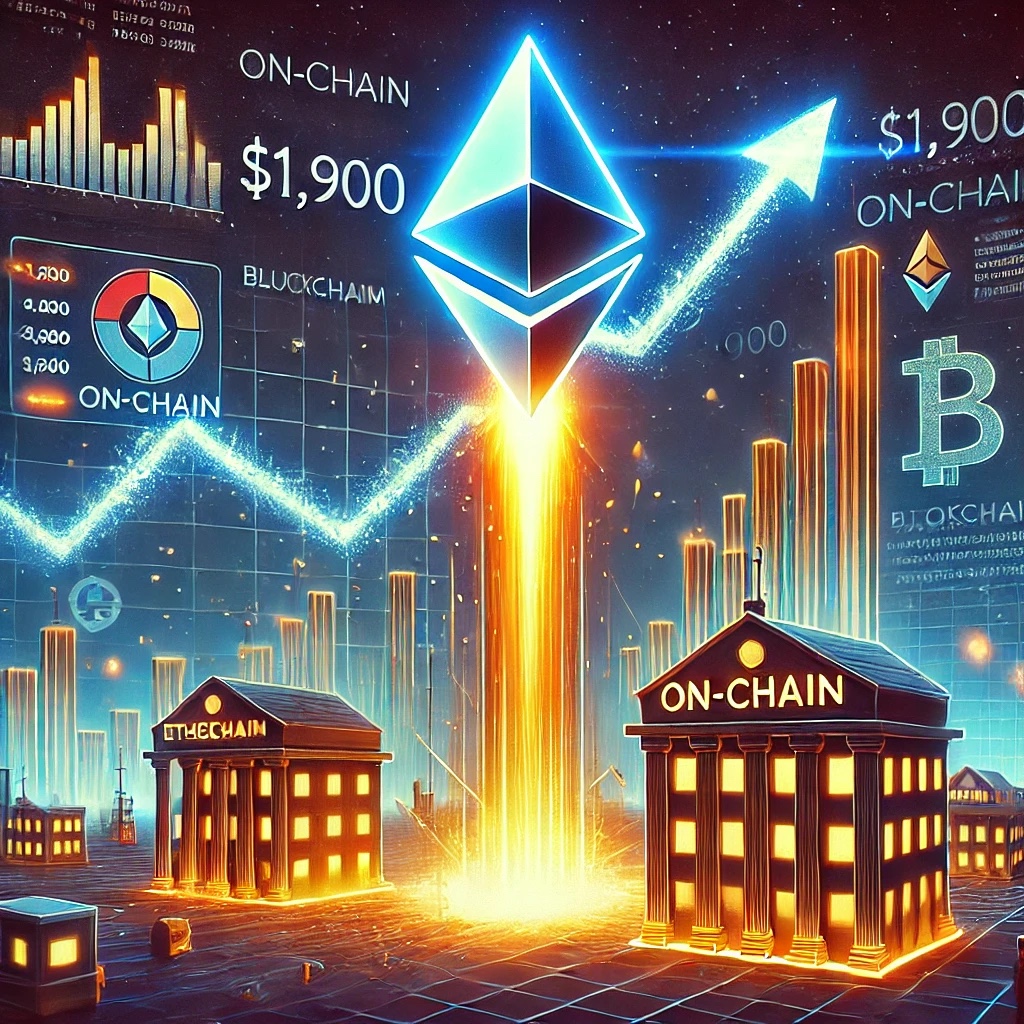
XRP Trading Volume Remains Consistent at $3.2B in Q1, While XRPL Activity Declines Significantly
During the first quarter, Ripple’s XRP trading volume on leading exchanges averaged about $3.2 billion per day, despite a decline in activity on the XRP Ledger (XRPL).
A report from May 5 highlights that this volume trend indicates continued interest from both institutional and retail investors, even amidst significant price fluctuations and reduced on-chain activity.
Data from the spot market revealed that XRP experienced periodic spikes in trading volume, particularly in late January and early February, when it surpassed $16 billion in daily trading. Activity later slowed down through March, though Binance maintained a large market share, comprising about 40% of overall exchange volume.
Other key trading venues included Upbit with 15% and Coinbase with 12%. Bybit saw a marked decline in its market share following a hack in February that affected trading on the platform.
Composition of trades and trading patterns
The majority of XRP trading was concentrated in stablecoin pairs, primarily with USDT. The share of trading conducted through fiat pairs grew slightly from 25% in the last quarter of 2024 to 29% in the first quarter of this year, indicating a gradual shift back towards traditional currency options.
This overall trading trend underscores XRP’s strong liquidity and sustained preference for stablecoin-based markets. Compared to other significant altcoins, XRP demonstrated superior performance in the market, with its XRP/BTC volume ratio increasing by over 10% throughout the quarter.
This performance positioned XRP ahead of Cardano (ADA), BNB, and Solana (SOL) regarding rolling average dollar volume.
At the close of the quarter, XRP was valued at $2.09, recording a 30-day average daily volume of $2.8 billion and a 90-day average of $3.3 billion, ranking just behind Bitcoin (BTC) and Ethereum (ETH) in terms of absolute trading activity.
Price trends and volatility analysis
Throughout the quarter, XRP’s price exhibited a dramatic trajectory. Beginning under $2.00, the token surged to a multi-year peak of $3.40 in early February, only to drop back to $2.09 by March’s end.
Realized volatility echoed this trend, starting the year at 150%, then dipping to around 100% during a calmer phase in the market, before rebounding to stabilize at about 130% for the majority of the quarter.
The increase in price was largely fueled by expectations of regulatory clarity regarding XRP and the expansion of its product offerings, though subsequent profit-taking and market adjustments led to the price drop.
Nevertheless, XRP’s closing price at the end of the first quarter reflected an impressive 89% increase compared to the average closing price from the previous year’s fourth quarter.
Decline in on-chain activity metrics
While trading volume on exchanges remained robust, on-chain activity on XRPL saw a downturn consistent with a general slowdown across cryptocurrency networks. The total number of transactions plummeted by over 37% from the previous quarter, totaling 105.5 million, and wallet creations fell by 40% to 423,727.
The burn of XRP as transaction fees decreased by 31%, while average transaction costs in US dollars doubled as XRP’s price increased.
Despite the reduced core metrics, decentralized finance (DeFi) activities on XRPL remained relatively steady. The volume generated by decentralized exchanges dropped only 17%, outperforming similar metrics from Bitcoin, Ethereum, and other major blockchain platforms.
Ripple’s stablecoin, RLUSD, achieved a market capitalization exceeding $90 million, complemented by over $300 million in cumulative trading volume in decentralized markets.
Despite the overall market challenges in the first quarter, XRP’s trading volume showed resilience, indicating potential investor interest in short-term trading opportunities.

















Post Comment